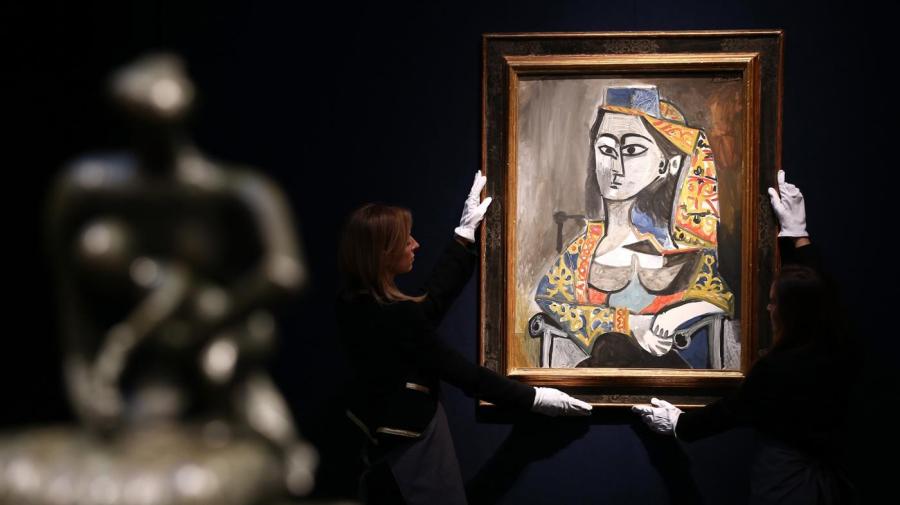What Does Form Mean in Art?

In art, the term “form” has two meanings. In its most basic application, form refers to a three-dimensional work of art, such as a sculpture or installation. In a broader sense, form is a concept that encapsulates all visible features of an artwork. Form in this context refers to the objective qualities of a work, including color, shape and contrast.
In the first context, form is essentially interchangeable with terms like “piece” or “work” because it refers to the physical essence of a three-dimensional object. This is in contrast with the term “shape,” which is a two-dimensional counterpart to form. For instance, when holograph technology emerged from the field of two-dimensional photography, this created a new form of art called holography.
In the other context, form refers to a composite of several visual elements, including color, shape, juxtaposition, contrast and dimension. In this sense, the form of an artwork includes both the objective qualities of the work itself, as well as the functioning of those qualities within the perception of the viewer. In other words, the form of a painting can convey a sense of mystery or suspense by using the visible attributes to elicit an emotional response within the viewer.





